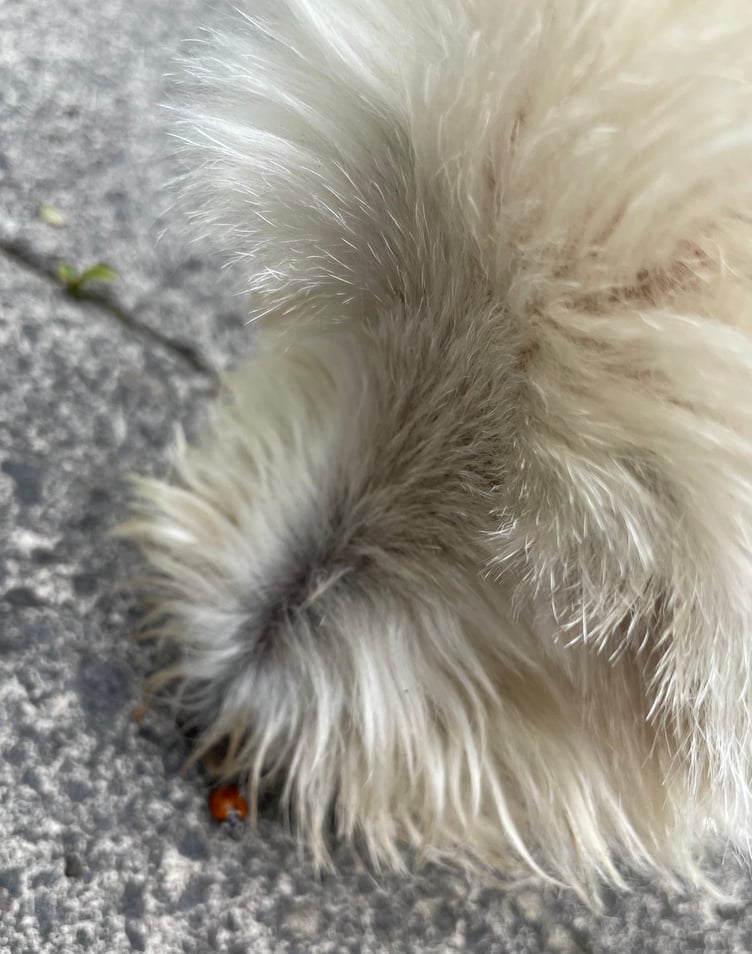I don’t recall seeing as many ladybirds as I have lately, for a long time. I remember being ‘hit’ by a swarm when I was on my motorbike about 20 years ago and also seeing a huge amount of them whilst walking over the old Severn Bridge about 10 years ago. I also remember being bitten by the ladybirds in the first swarm. The first time I realised they could bite. Apparently it was so hot they were actually looking for any form of hydration – even blood or sweat. They were also the good old fashioned, native ladybirds whereas the masses that escorted me over the Severn Bridge 10 years later were the Harlequin variety.
My brother remembers Nan telling us that the number of spots on a ladybird indicated its age but recent research has blown that theory out of the water. Those who remember Nan will also remember her fabulous sense of humour and her casual relationship with the truth in favour of a good story.
There are more than 40 species of ladybirds in the UK. The most commonly recognised are either the two-spot or the seven-spot native ladybird, and the non-native harlequin species. The latter originates from Japan and were bred to act as a biological control for aphids. Although not deliberately introduced to the UK, it became established here in 2004. As an invasive species, which can ‘out-eat’ our native ones, they are negatively impacting their numbers.
Harlequin ladybirds can vary hugely in appearance, but are usually black or orange with contrasting coloured spots.
But just to confuse things, the two-spot ladybird can be red with two black spots or black with two red spots. The seven-spot ladybird is slightly more conformist and is almost always red with seven black spots. And there also are several other quite common species that you may not have noticed or recognised.

The eyed ladybird, red with 14 black spots, (often circled in yellow), is usually found amongst conifers. The cream-spot ladybird is a brown ladybird with 14 cream spots and the orange ladybird, is orange with 12 to 16 white spots. The kidney spot ladybird, is black with two red kidney shaped markings and loves euonymus. Bryony ladybirds, are brown ladybirds with eleven black spots and are actually vegetarian, feeding only on white bryony.
The smaller relatives, which are easily overlooked and not so common in Wales, include the twenty-two spot ladybird, a long yellow ladybird with 20 to 22 black spots and the fourteen-spot ladybird, with a pattern of between 4 to 14 black spots which often merge.
Ladybirds typically only live for up to two years, and hibernate in winter. In many cultures, they are considered to be a symbol of good luck (though not for aphids) and their name originates from the Middle Ages when they were known as the ‘Beetle of Our Lady, referring to the Virgin Mary, who was often depicted wearing red.
They are also known as lady bugs, but in the same way that they are not birds, neither are they bugs. There are in fact beetles, with the key difference between a bug and a beetle being their mouthparts and wing structure. Beetles have chewing mouthparts and hardened wing covers that meet in a straight line down their backs, while bugs have piercing-sucking mouthparts and their wings, if present, are often partially hardened and partially membranous, forming a "Y" or "X" shape when folded. For that reason, scientists refer to them as ladybird beetles.
And after all that, I bet the only thing that you remember is that a group of ladybirds is known as a ‘Loveliness’.



Comments
This article has no comments yet. Be the first to leave a comment.